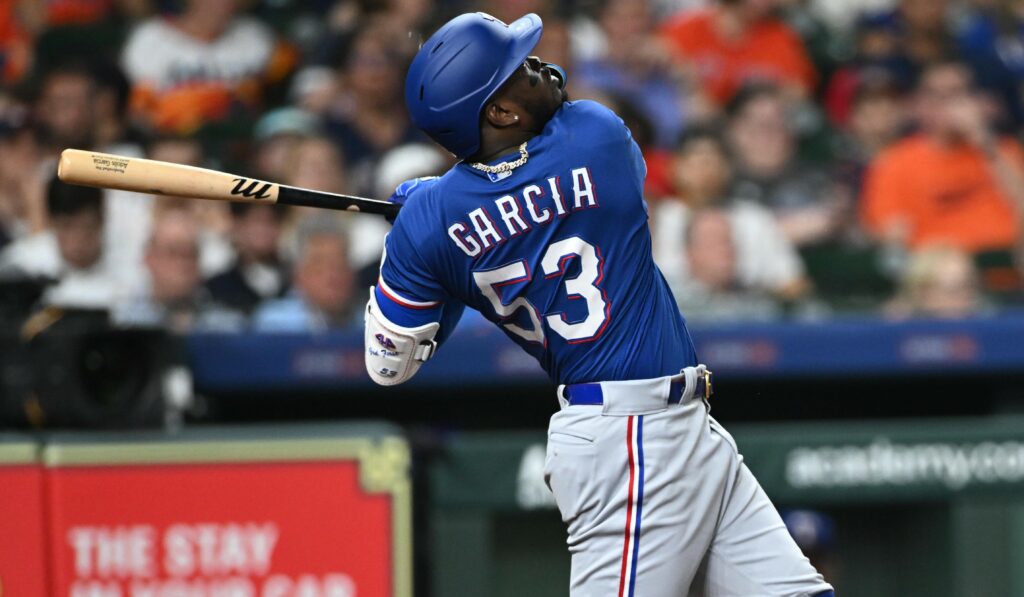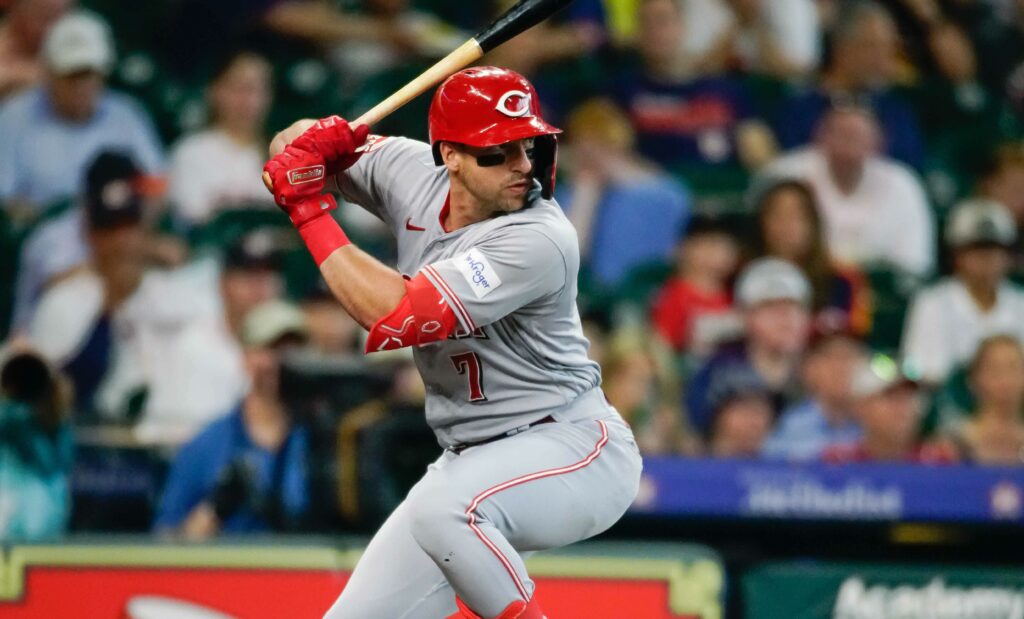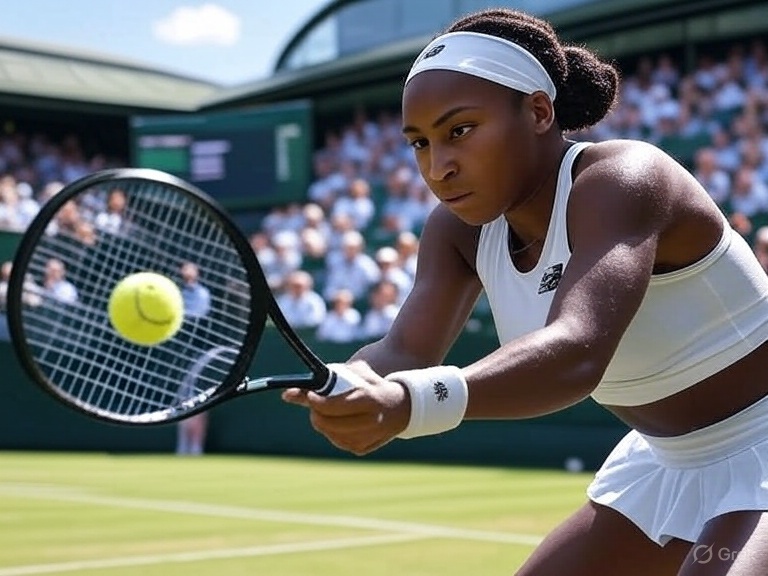How to Read Vegas Odds

The big board at any Vegas sports book is a sight to behold. A slick cross between the New York Stock Exchange and a McDonald’s walk-up menu, the boards are updated moment to moment and bet to bet, giving a sports gambler all the data he needs to make a smart bet.
These boards are copied and pasted into the newspapers or shrunk to fit computer screens and smartphone apps but nothing measures up to the real thing. Hundreds of games, thousands of bets. All listed above you.
The big boards in Vegas tell us many things. The favorites. The underdogs. The payout. Where the money is. Knowing how to read Vegas Odds is important to every gambler not just to place a bet, obviously, but to place a smart bet. And that’s all good gamblers want to do. They want to make smart bets, win 60-70 percent of the time, and move on to the next bet.
But how do the big boards in Vegas work? What are they telling us? And what can we derive from them? It is just as important to know the odds you’re gambling with as it is to know the sport you’re gambling on. Making a smart bet is the goal. And smart gamblers use all the information available in order to do so.
American Odds
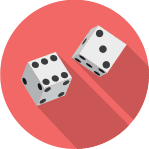
Vegas odds are often referred to as “American Odds” because Americans always have to be different. We ignore the metric system. We call football, soccer. We drive on the wrong side of the road. Why would sports gambling be any different?
American odds are presented in the form of a $100 bet. They’ll indicate the amount you need to wager to win $100 or the amount you’ll win if you bet $100. So, for a favorite, the odds will begin with a minus (-) sign. This is the amount you need to bet in order to win $100.
On the other hand, the underdog’s odds will begin with a plus (+) sign. This is the amount you will receive if you were to bet $100. This does not mean you have to bet $100. Or mean that you can only bet as much as $100. See, Americans have to be different. Hang in there because we have some examples forthcoming.
These odds will come into play a few ways depending on the type of bet you place. The moneyline, the point spread, and the totals (over/under) are all bets available on the board. Let’s look at how to read them in Vegas with the odds.
The Moneyline
Simply put, a bet on the moneyline is an odds bet. It’s where “American odds” can easily be seen. With a moneyline bet you’re simply picking the winner and the payout is determined by the odds.
Obviously, a bet on the favorite is going to pay out less than a bet on the underdog. Let’s look at an example of a moneyline bet with an NBA game and how it would appear in Vegas. The Pacers/Cavs line.
- Indiana Pacers +350
- Cleveland Cavaliers -440
The Pacers are the underdog on the moneyline at +350. The Cavs are the favorites on the moneyline with -440. This means a $100 bet on the Pacers to win pays $350. And that you would have to wager $440 on the Cavs to win $100. This ratio holds true for a wager of any amount. A $10 bet on the Pacers pays $35 while a $10 bet on the Cavs pays $2.27. So on and so forth.
The Point Spread

The most common and popular of sports bets is the point spread. As simply as we can put it, the point spread is the number the oddsmakers use to handicap the favorites to even-up the final score of the game. This in turn sparks more interest, which leads to more bets, which brings in more money. Again, the Pacers/Cavs line.
- Indiana Pacers +8 -110
- Cleveland Cavaliers -8 -110
First the -8. As noted, the Cavs are the favorites so they are giving points (8) to even up the final score. In order for the Cavs to win the bet and cover the point spread, they’d have to win by nine or more. If the Pacers stay within seven points, the Cavs fail to cover the eight points and lose the bet. If the Cavs win by eight points, it’s a “push” or a tie and all bets are returned.
Now the (-110). This number is the odds a bet on the point spread will pay out. Just like on the moneyline, since the Cavs are the favorites, you’ll have to bet $110 to win $100. You’ll notice a favorite covering the spread pays out much better than a favorite on the moneyline. You’ll also notice the favorite and the underdog have the same payouts with the point spread. This is what makes playing the point spread so popular.
Some teams are evenly matched and there isn’t a point spread at all. This would be a “pick’em” or “pk” on the big board. And the odds on the moneyline would match as well. These are “EVEN” odds. When playing the point spread the payout number will vary. -110 is about industry standard but you’ll notice -105’s, -115’s, and even as high as -125’s on point spread bets at times. More on this later but it is important to note these variations.
Totals
The totals is a bet on the total number of points (or runs or goals) scored in the game. The oddsmakers will set the number and bets are placed on whether or not the total score is OVER or UNDER that number. The number appears on the big board next to the underdog like so:
- Indiana Pacers vs. Cleveland Cavaliers 212.5 -110
The number set for this game is 212.5. Since the .5 has eliminated the chance of a push, an OVER bet will win if the total score is 213 or higher. An UNDER bet pays if the total score is 212 or lower. And, again, the payout for a win is -110.
Totals bets are seen as something of a sucker’s bet. Despite your opinion on the matter, we have to admit they are a little strange. You are wagering on what the total score will be. Not picking a winner. Picking a score.
So, it’s different than a normal who’s-going-to-win-the-game-and-by
-how-much kind of bet. However, this number is providing the gambler more information about how the oddsmakers feel about the game and that is important when making a smart bet.
Placing a Wager
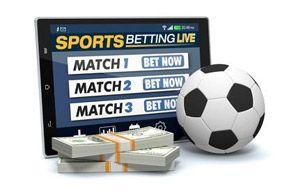
The other set of numbers you will see on the big board are the rotation numbers. These are numbers assigned to teams so the sports book can easily distinguish one for the other. They appear to the left of the teams in a game on the big board as such:
- 101 Indiana Pacers +350 212.5
- 102 Cleveland Cavaliers -440 -8(-110)
These numbers simply help the sports book as well as the gambler keep track of the bet. Listed on the big board are dozens of sports, hundreds of teams and thousands of bets that can be played. It’s a good idea to keep them as organized as possible. There are at least six professional teams in New York by itself after all. Like the horses’ numbers at the track, rotation numbers just cut down on the confusion when placing a bet.
“Give me New York -220 on the moneyline for $50.”
“Which New York, dumb-dumb…”
“Sorry, 303. I’m an idiot”
“Yes, you are.”
Don’t be that guy. This is the proper way to lay a bet in Vegas. Rotation Number, Type of Bet, Amount of Wager. Everyone appreciates a well placed bet and no one likes that guy…
Reading the Big Board

Now that we know how to read Vegas Odds, we need to learn what the Vegas odds mean… That is, what are these numbers telling us in the context of the game we want to wager on. We have studied the teams, we know the rosters. What can the lines tell us to make our bet a smart bet?
Once a game is scheduled and it’s odds are posted, the bets are going to start coming in. Now, it’s in the sports book’s best interest to keep the bets as even as possible. This is why oddsmakers give you a pay out at -110.
Understanding the Vig or Juice
That’s a $110 dollar bet to win $100. Take the favorite and give the points. You’re paid out at -110. Take the underdog and get the points. You’re paid out at -110. OVER or UNDER the same. -110. This is the industry standard and goes back to the mob-only days of oddsmaking.
Where does that $10 bucks go you ask? Well, that $10 bucks on a $100 bet is the “vig” or “juice.” It’s the price for laying a bet. A little bit extra the oddsmaker gets to keep for fronting the wager.
Keeping the bets as even as they can on either side insures their money. Collect from the losers and short change the winners. It’s a brilliant business model only the mob could come up with and only Vegas would still employ.
Now, most betting lines will just give it to you straight. The favorite pays this much, you get this many points, the total is this. What we are looking for are the variations. We can ascertain plenty of valuable intel from these variations.
Why is the payout on this game -115? And why is the payout on this game EVEN? Why is the moneyline different from yesterday? And why is the point spread moving up? The devil is in the details.
Watch As The Point Spreads Move
The most obvious variation is the movement of the point spread. As the bets start coming in, the oddsmakers track which team is receiving most of the betting action. The point spread will move because the oddsmakers will change the line to try to even up the sides. Remember, they want just as many people on one side of a bet as on the other.
More people are taking the Cavs giving the eight points? Raise the point spread to nine. All of a sudden, more bets will come in for the Pacers getting the nine points. Oddsmakers can do the same with the moneyline as well as the total line. And for the same reasons.
But what does this information tell us? The line has moved up even more and now the Cavs are -10 point favorites. This means, despite the oddsmakers best efforts, more wagers have been placed on the Cavs than on the Pacers.
Smart Bettors Know Where The Action Is
Knowing where the money is can help you make a smart bet. One theory is the The-House-Always-Wins-Rule. Basically, this theory suggests you bet against everyone else and with the house because the house always wins. If more people take the favorite, the points they are giving went up and you should take the underdog.
If more people are picking the underdog, the points they are receiving have gone down and you take the favorite. It makes sense in theory but maybe not in practice. Remember, the oddsmakers want the sides to be even.
They aren’t in the business of placing their own opposing bets. What is important is knowing how everyone else is betting and the knowledge that a large segment of the gambling population shares your opinion.
Or if you think the gambling population is foolish, well, you know what to do. However you feel, keep an eye on how the line moves. It may help you make a bet you wouldn’t have or avoid a bet you were going to make.
A Close Look at the Payouts
The payouts on the point spread can vary as well. That standard -110 will turn into -105’s or EVEN’s. Or go the other way to -115’s, -120’s, or -125’s. What is the reason for these variations? It’s a lot like moving the point spread.
The oddsmakers want to even up the bet. There’s only so many points a bookie is going to give. Offering a little more here or a little less there on the payout may be enough to influence the betting action. However, you can tell where the oddsmakers are hedging with these numbers.
If the payout gets better than -110, the oddsmakers have the sides even up, love the point spread and want you to bet it and lose. If the payout gets worse than -110, the oddsmakers know they have a bad number and want to cut their losses.
Vegas Wants You To Gamble – Be Smart
Making smart bets is the name of the game. The only way to make smart bets is to gather as much information as possible and master how to read Vegas Odds. Get to know every bet as well as you know every team. Get to know all the odds as well as you know every player.
Otherwise, you’re just playing the lotto. Remember, Vegas wants you to gamble. It’s going to give you all the information it can in order to gamble. It’s up to you to use it.
Test your knowledge on some small starter bets. We’d recommend any of the following for players outside Las Vegas but there are plenty of good options for US players, just make sure it’s not illegal in your state which you can do so here.


